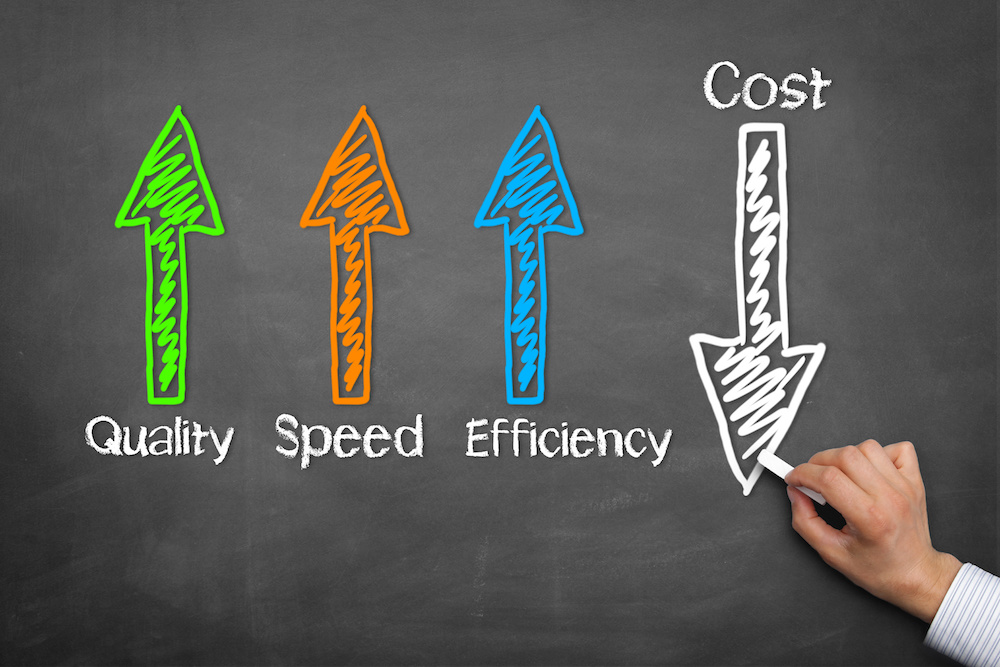The ability for customers to reach a contact center through their preferred channel can be a major advantage for omni-channel contact centers looking to improve customer service and the efficiency of call center operations. Moving to an omni-channel system, however, can present organization problems if contact centers do not have data that is easily accessible and can empower employees to quickly serve customers. Data integration can help contact centers organize and analyze data to better understand a company’s business performance and customer satisfaction.
Whether a customer uses phone, email, or live chat to reach a contact center, the interaction should be recorded and that data from the interaction should be saved and analyze. Each customer should have a contact history and account with all information about their transactions with the company. Implementing software can help contact centers capture and access customer data, so when a customer calls a second, third, or fourth time, the agent assisting the customer can best understand how to help. Customers become frustrated when asked to repeat information they have already provided, and having that information easily accessible in their account makes for a quicker interaction and a happier customer. Ideally, all customer information should be accessible from one interface so agents do not have to scramble through various windows to find information that can help the customer. An agent who struggles to find information can become frazzled, and a customer who is left waiting while the agent searches can become frustrated. One interface keeps the agent organized and the customer satisfied.
Data in the form of analytics can help contact center management identify what business practices are working and what areas need improvement. Software that connects communication channels also connects those channels’ data, making trends identifiable. By researching contact data, contact center management can determine the main reasons customers are calling, emailing, or chatting, and develop best practices for handling the issues.
Contact center data can also help a contact center staff develop goals and measure progress. If a staff hopes to improve customer satisfaction, they can measure call wait times, number of contacts needed to resolve an issue, and any feedback customers may provide. Once metrics are gathered and measured, management and staff can identify how to improve efficiency and increase customer satisfaction.
Contact centers need to be empowered with data and teams need to be data driven to truly understand the customer experience and how that experience can improve.








